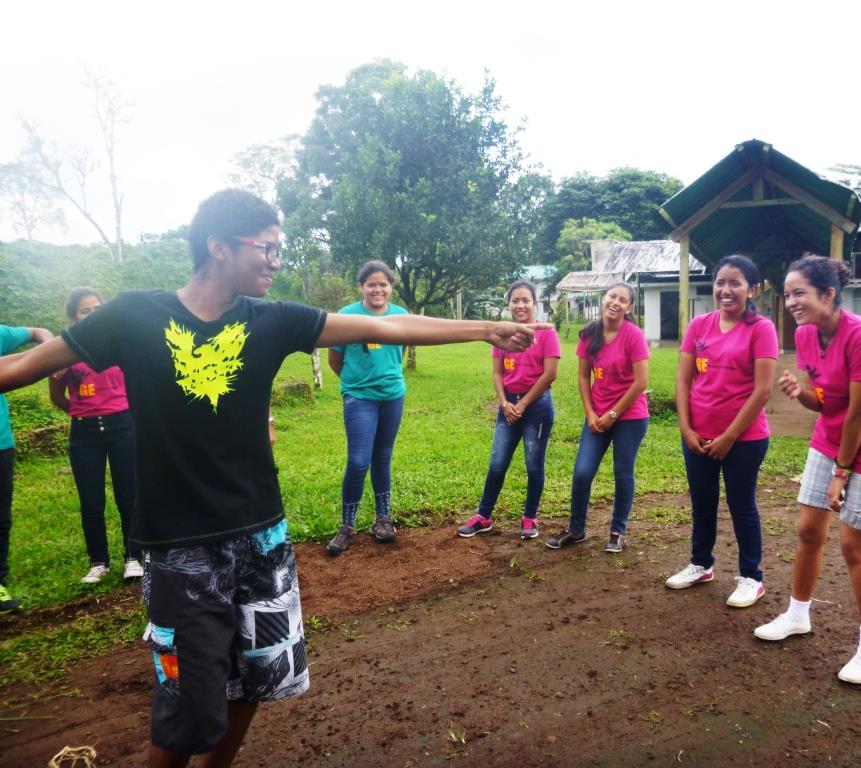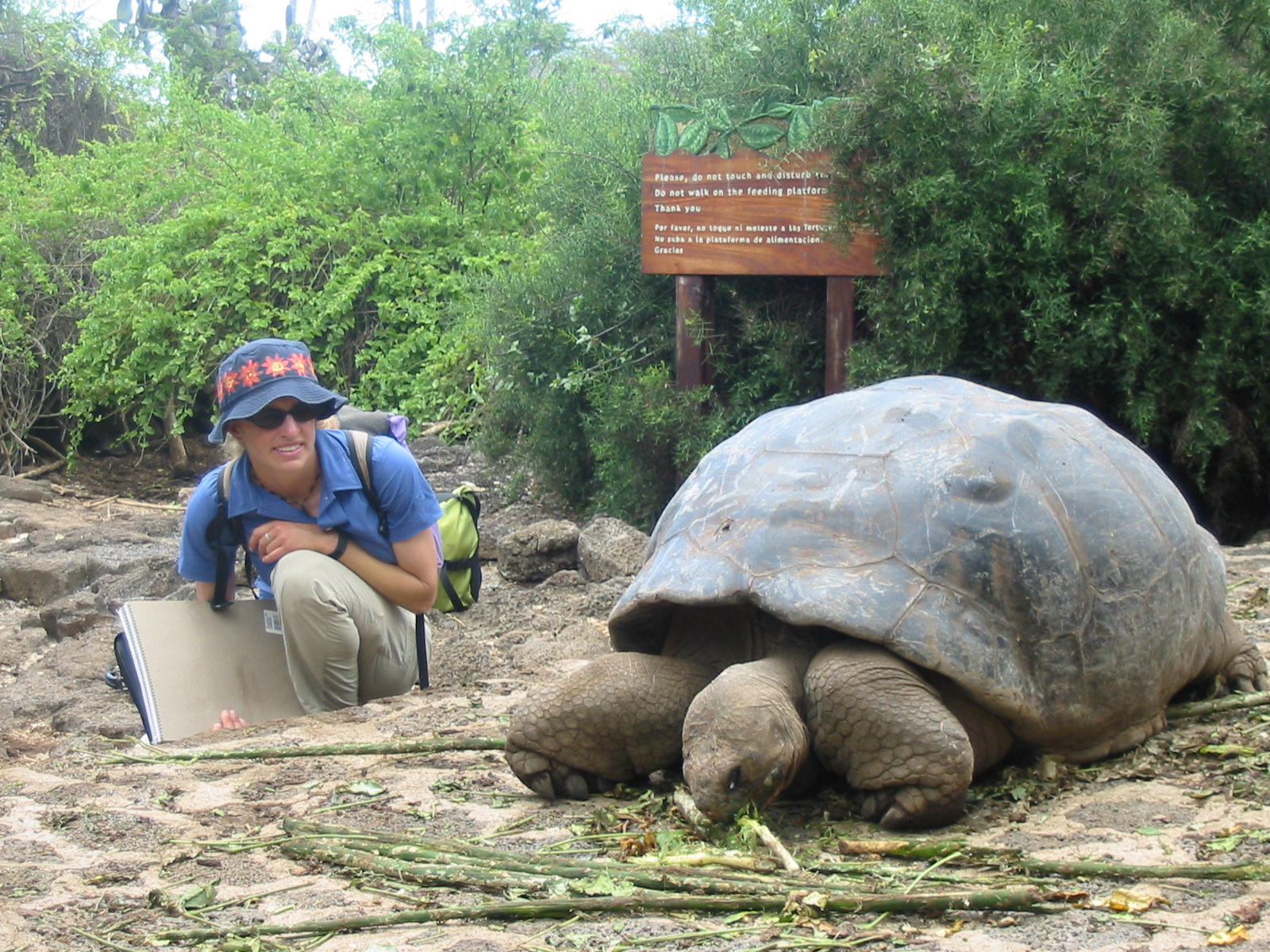Scott Pankratz and Julie Osborn, Founders Ecology Project International
I believe the story of Ecology Project International (EPI) is a story of love and commitment. A love for each other, a love for the environment, and a commitment to empower communities to be the stewards of their own ecological preservation.
I had the incredible fortune to talk to Scott Pankratz and Julie Osborn--founders of EPI--and their love, commitment and passion was definitely apparent. Scott and Julie met as undergraduates. He became a teacher and she became a scientist. Over the years, they stayed in touch, arranging annual adventure travel vacations for themselves and their friends.
About a decade after college, Scott found himself in Costa Rica (at Julie’s urging). He was there to participate in a sea turtle egg research project. As he was walking home from the beach one day, he had a lightbulb moment. Here he, and other foreigners, were in Costa Rica to “save the sea turtles,” yet locals were selling and eating their eggs. He instantly knew that the locals had to get behind sea turtle preservation, otherwise his efforts, and the efforts of others, would amount to not enough. So in his words, he called the smartest person he knew (Julie) and said, “we have to do something.”
And that was the start. The start of EPI and the start of their relationship.
Fifteen years later EPI is in 5 countries: Costa Rica, Belize, Ecuador (Galapagos), Mexico and the U.S. (Yellowstone)--where it engages students in hands-on science and conservations projects. More than 70% of EPI's participants are local, underserved teens living near its project sites.
EPI is not only teaching these teens about the importance of science and conservation, it is empowering them to take charge of their futures and dream bigger. Eddy, a local Galapagos participant, told EPI: “I want to use my interest in computers to benefit nature. During my EPI course, I learned about the role technology plays in research, and I want to develop software that can help monitor and record data for local species research.” How cool is that?
The remaining 30% of EPI participants are international student groups and educators who can travel to one of its 5 locations. Since 2000, EPI has engaged more than 23,000 students from 280 schools in 41 states and 11 countries.
Educators find the professional development opportunities rewarding and relevant. I recently interviewed a school principal who said: how can we prepare our students for college and careers, if our teachers graduated 20 years ago, or haven’t seen the inside of the lab for 30 years? Unless we can get teachers out of the classroom, she said, we’re in danger of preparing our young people for our past.
Speaking of ah-ha moments, this was one for me. Getting educators out to the field seems absolutely necessary if we want to train our students for the future. And what a better way to connect them with current, relevant hands-on science and conservation efforts?
In my mind, a real testament to EPI’s program is that a handful of its local Alumni now work for the organization. For those that haven’t taken a full-time job with EPI, there are Alumni clubs that arrange educational events and fundraisers. Additionally, there are Alumni that have committed themselves to careers in environmental protection, like a young woman named Lara from Mexico who is currently studying to become an environmental lawyer. She said
“EPI taught me that conservation is about taking care of what we have and what we are about to lose. It’s about being less selfish with what has been given to you.”
If you’re inspired by their efforts, or just want to learn more, please check out EPI’s website here.





